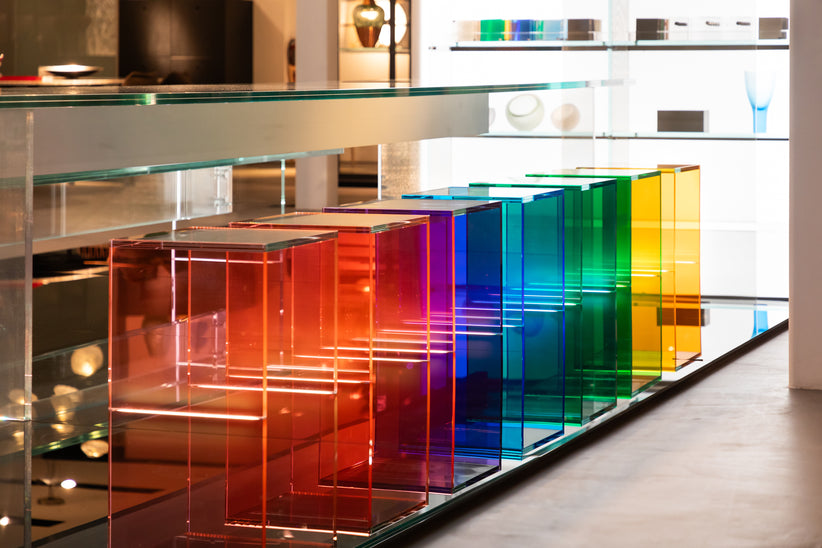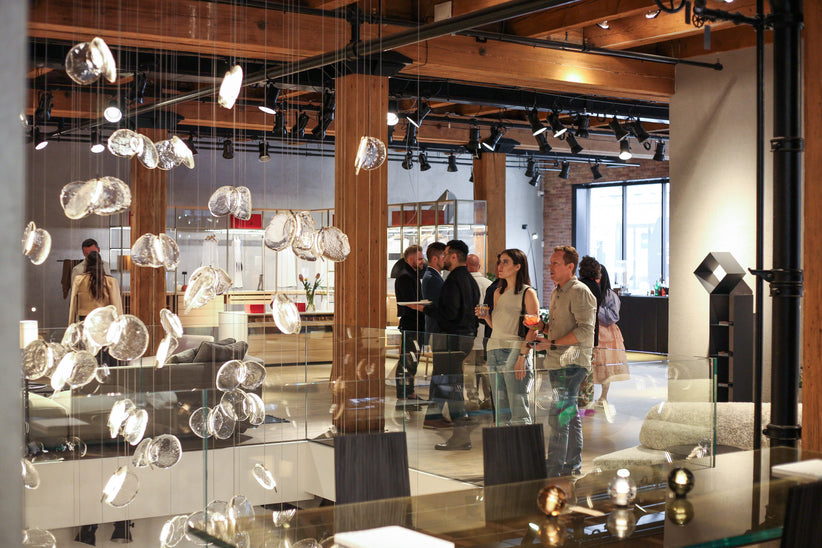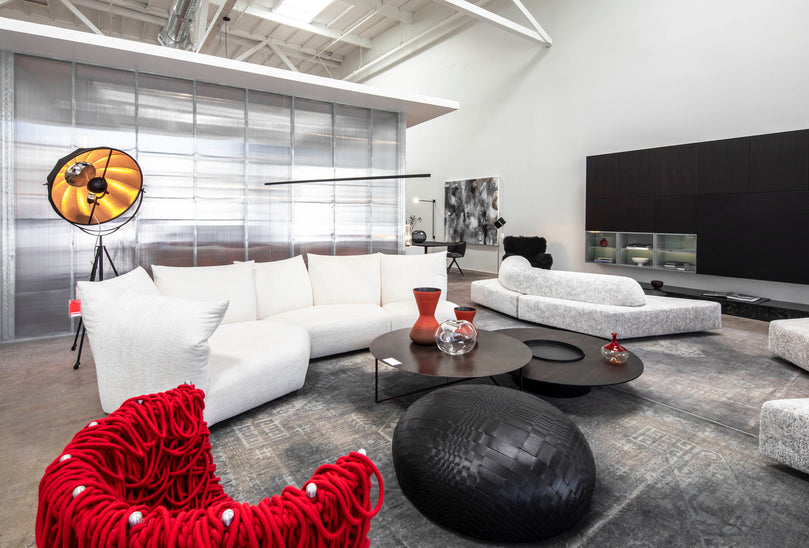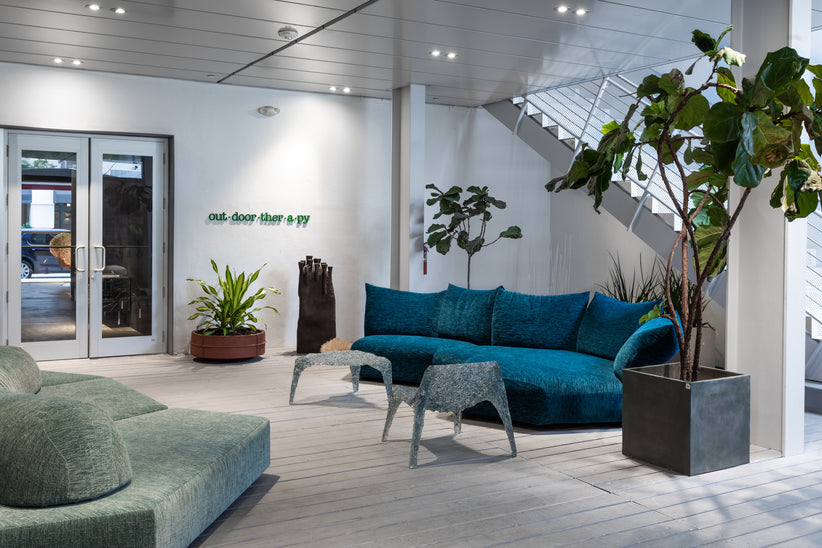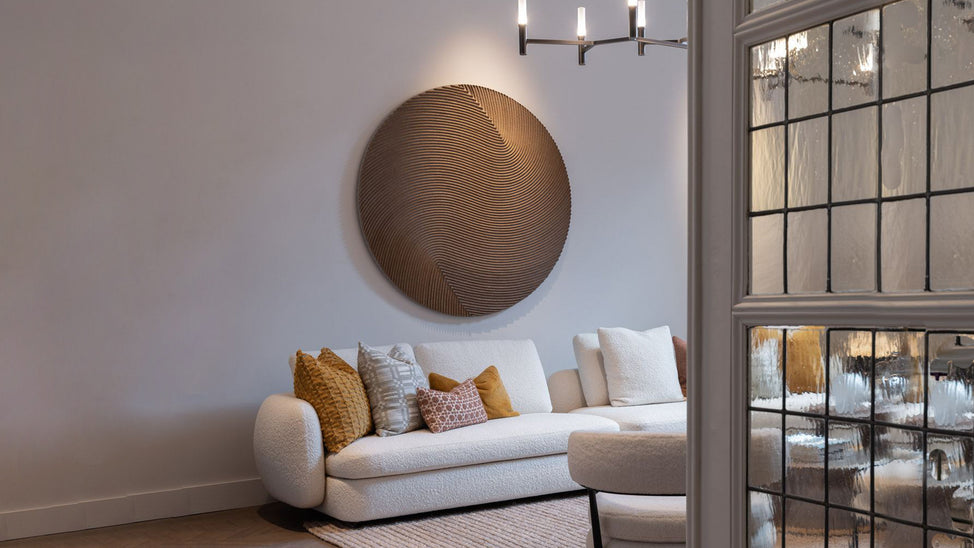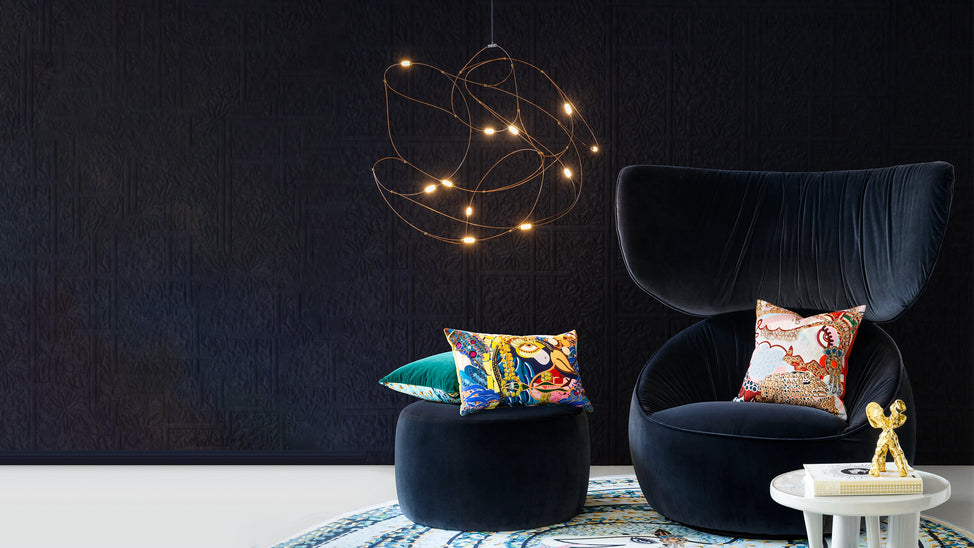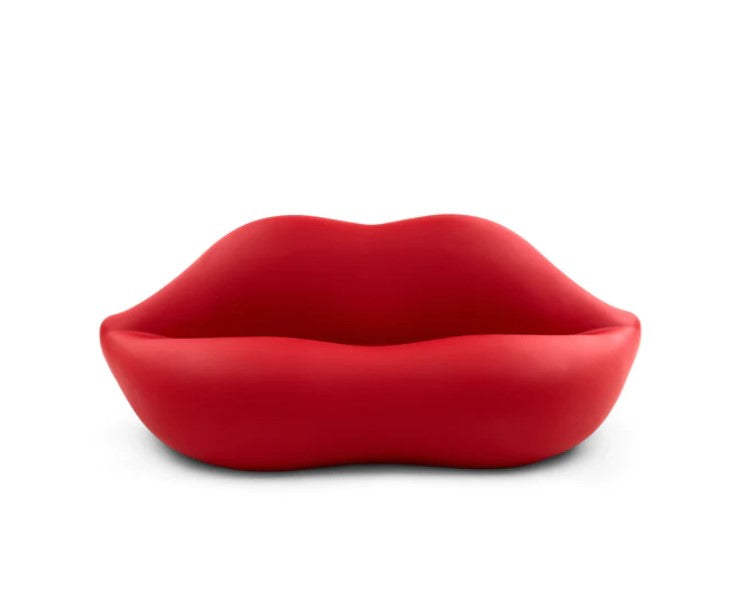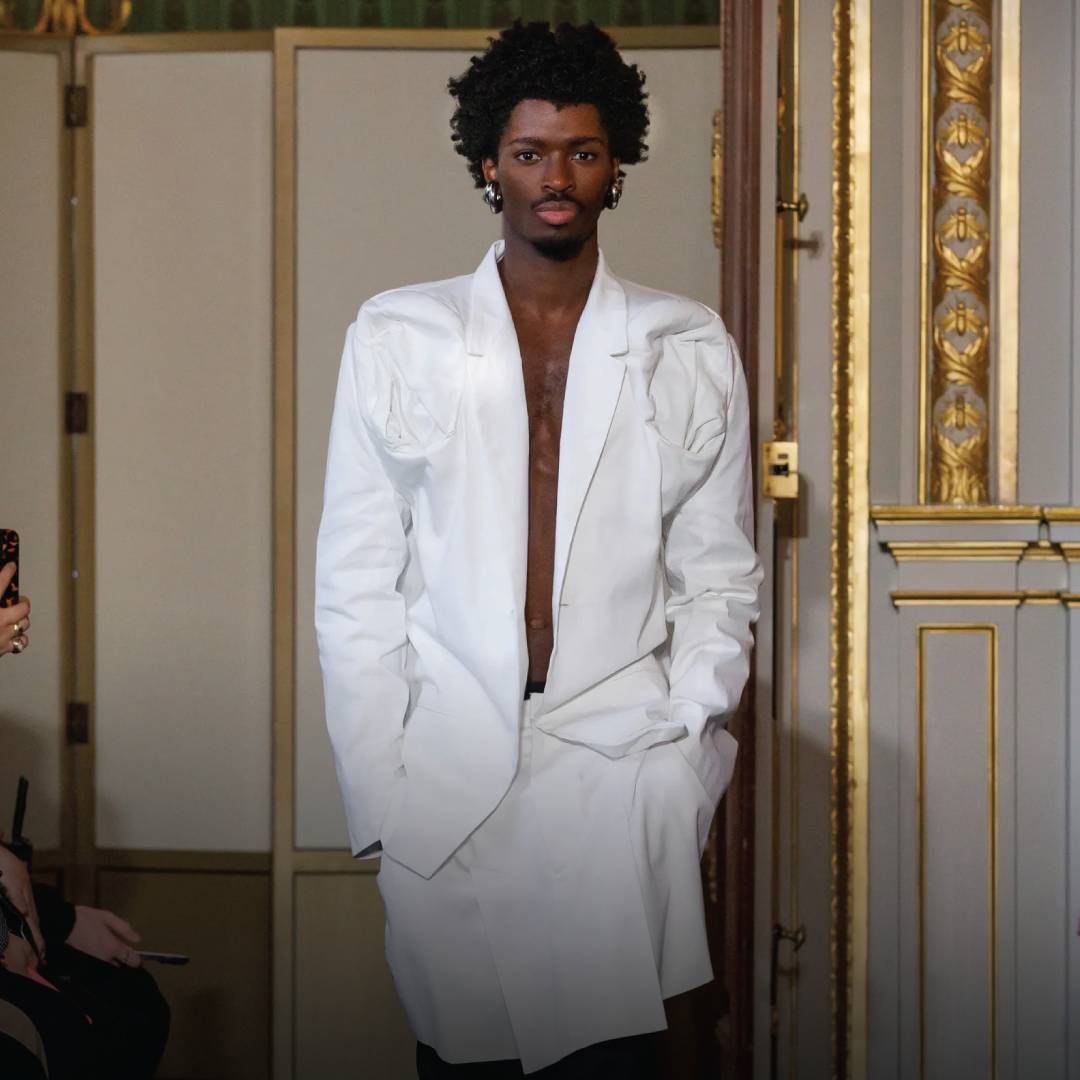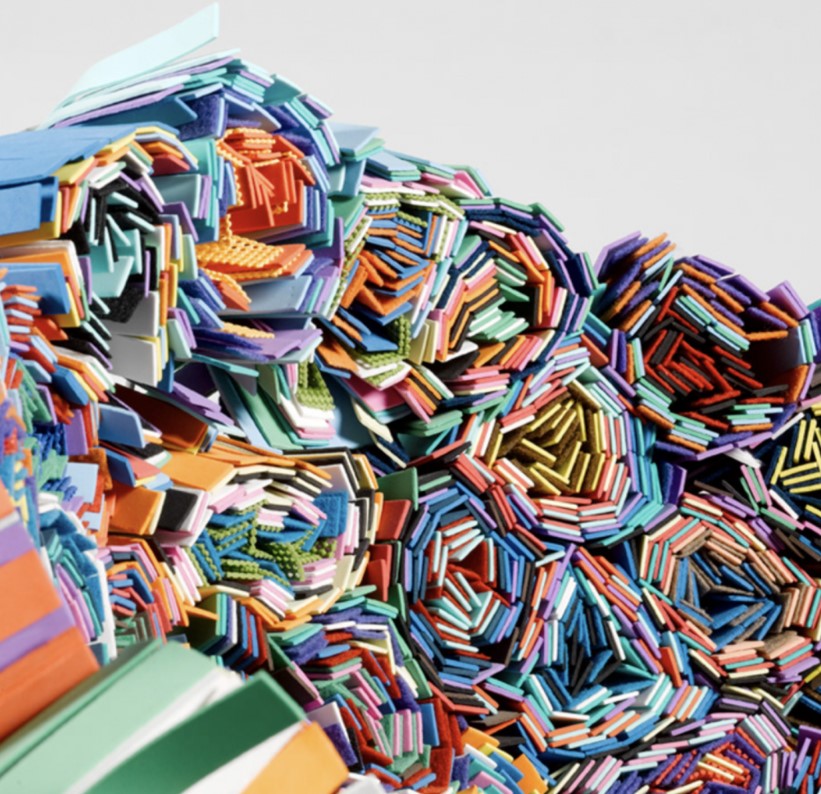The substance of dreams, the odd, the uncanny, and the unexpected, captures the consciousness and revolutionizes the human experience, all embellished through Surrealism, which unveils a magic in the ordinary and a beauty in the strange, challenging the way we see the world in an endless search for freedom beyond reality. Surrealist design awakened an understanding of spaces as terrain to explore with wonder and an elevation of objects that could defy traditional notions of usefulness and illusion with otherworldly forms and dreamlike qualities. Emerging from the Surrealist Art Movement of the early part of the 20th century, Surrealist design takes root in a culture looking to escape the realities of a world recently upset by war and economic depression yet made appearances throughout the 20th century and remains relevant to works created even today as the desire to access the fantastical and the uncommon continues to arrest our sensibilities, curious and sublime.
Provoking a creative reassessment of everyday objects and elevating our relationships to them, the earliest Surrealist designs appeared in the mid-1930s, in part informed by the Surrealist art that had invaded the cultural consciousness in the decade before, with works by the likes of Salvador Dali and Rene Magritte that featured scenes which appeared to float or melt, or creatures that one would encounter while enraptured in fantasy. Perhaps the most famous Surrealist piece is Salvador Dali’s Lobster Telephone, an existing object made ethereal with the addition of a lobster body on the handle. Dali’s collage ‘Mae West’s Face Which May Be Used as a Surrealist Apartment’ also reimagined furnishings and objects in the home as taking on anthropomorphic features, with eyes framed like art on the walls, a nose that became a fireplace, and lips that served as a sofa, which later became realized as a real sofa in 1938 for the poet Edward James’s house in Monkton, Sussex. ‘Mae West’s Lips’ sofa inspired the famous Bocca sofa designed by Studio65 in 1970 and later sold at Luminaire. Playful yet refined, ‘Mae West’s Lips’ and Bocca marked a renunciation of the functionalism of the time, preferring the idiosyncratic over the rational, the dreamlike over the realistic.
By elucidating the inconsistencies and the complexities inherent in modern life, Surrealist objects and furnishings expressed a desire to engage more feverishly with the material world by making fantasy real, with a sensitivity to the absurd and the seemingly irrational. A cohort of Dali and an artist and designer herself, Meret Oppenheim unveiled an emotionality that lies beneath the surface of furnishings and objects, collaborating with notable artists like Andre Breton, Marcel Duchamp, Max Ernst, and Man Ray, who inspired the conceptual feel she gave to her designs. Her piece ‘Object’ appeared in the first solo exhibition of her work in 1936, and as a teacup, saucer, and spoon completely lined in fur, it was stripped of its functionality and encouraged viewers to reimagine our relationship to objects we use every day. In 1939, an exhibition on “imaginary” furniture encouraged designers to create surreal objects for daily use, and Oppenheim rose to the challenge and crafted ‘Traccia’, a sculpturally robust table that stood gingerly on two bird legs, allowing fantasy to engage with pleasing geometries, later produced by Cassina to inspire homes across the world to find amusement in the unexpected.
Although Surrealist design began as a critique of consumer culture, making the dreamlike occupy a space in our everyday realities opened minds to the commercial possibilities of Surrealism, and Surrealist-inspired furniture and objects peppered the design landscape even after the movement succumbed to new developments in our social and cultural fabric in the last half of the 20th century. The last 60 years has witnessed intriguing and unusual objects inspired by Surrealism, like Gaetano Pesce’s iconic foam chair ‘La Mamma’ from 1969, where a female-shaped chair cradles the user while its ottoman is attached by a rope the way a child is attached to its mother through the umbilical cord, and Front’s ‘Horse Lamp’ from 2006, that takes the dimensions of a real horse and transforms a creature of fantasy into a lighting accessory that commands space in any room it rests. From Pedro Friedeberg’s Hand Chair of 1962 to Nacho Carbonell’s whimsical and dreamlike forms that take shape as trees become lights and chairs become fantastical sculpture, Surrealist themes have informed a questioning of the conventional and opened avenues into the unconscious and the ethereal, resulting in playful, peculiar, probing, and poetic objects.
Whether looking back on Surrealist objects like Eileen Agar's ‘Ceremonial Hat for Eating Bouillabaisse’ from 1936 or Meret Oppenheim’s ‘Fur Bracelet’ or glimpsing into the extraordinary and the odd with a wild juxtaposition of materials and anthropomorphic form as with the contemporary work of Najla El Zein or Weiki Somers, it is clear that while one of the most influential movements of the 20th century may no longer be active, the challenges it posed serve as a muse and a mentor for works still enjoyed today for their extravagant symbolism and mind-bending curiosities, altogether imagining alternative realities through the sensuality and the magic of the everyday.
January 2024


